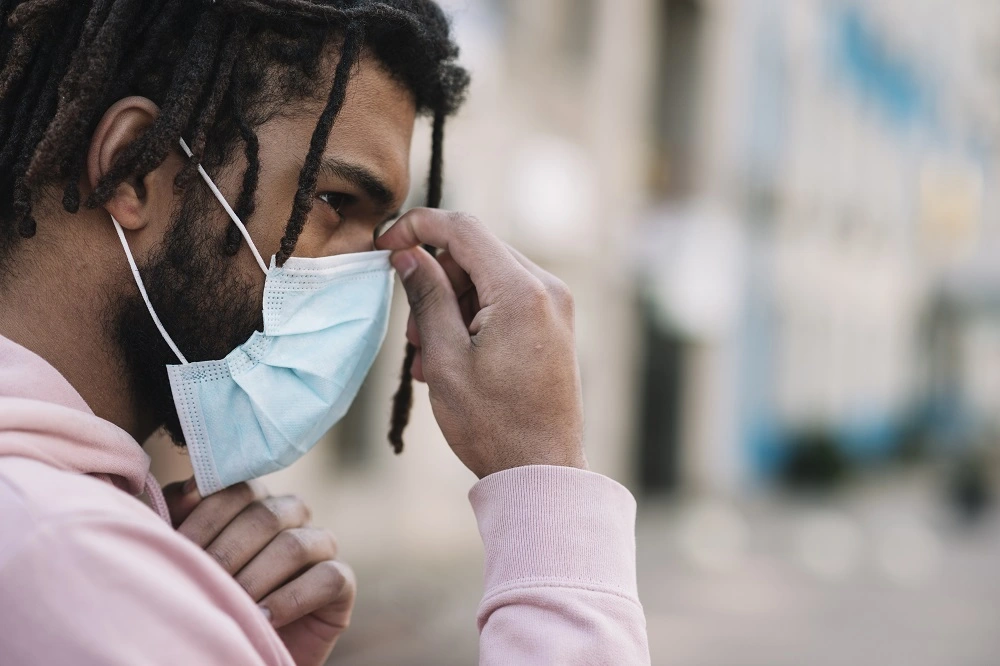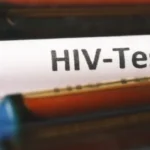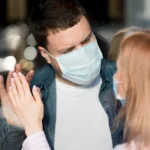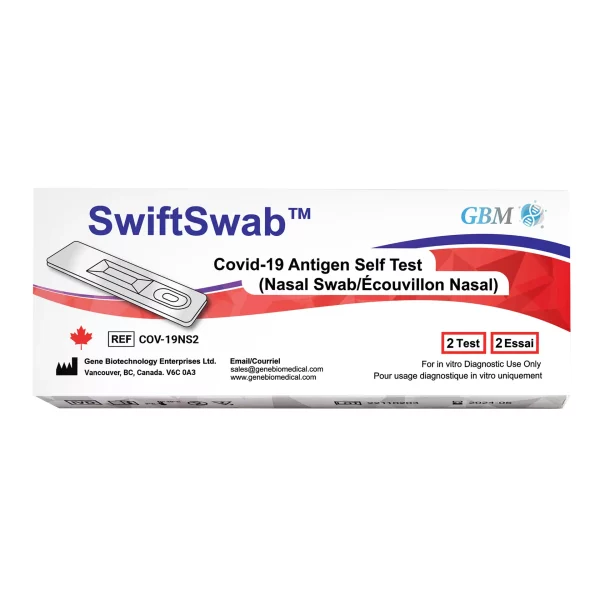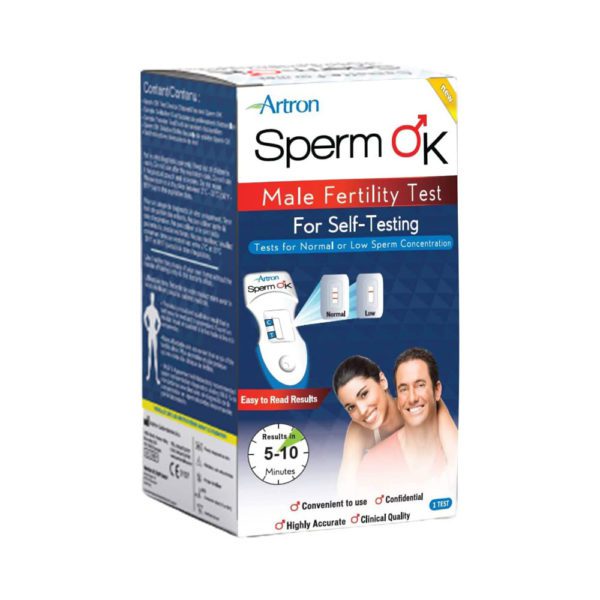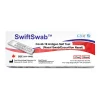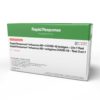The question of COVID-19 spreads has been a subject of intense study and concern globally.
Here are scientifically backed methods on how this virus can affect others.
Person-to-person transmission
Person-to-person transmission of COVID-19 occurs predominantly through close contact between individuals. The virus spreads through respiratory droplets produced when an infected person coughs, sneezes, speaks, sings or breathes.
Infected individuals can spread the virus even without displaying symptoms. Those with severe illness can remain infectious for extended periods, while asymptomatic cases also contribute to transmission.
If you’re in close proximity to an infected person, you can inhale these droplets or touch infected surfaces before you touch your eyes, nose or mouth.
The risk of transmission is also higher in poorly ventilated and crowded indoor settings where the virus can linger in the air for longer periods.
Community spread
Community spread of COVID-19 occurs when you infect others within a specific geographic area, unrelated to travel or exposure to a known case. This type of transmission emphasizes the importance of collective responsibility and adherence to public health guidelines to mitigate the spread of the virus.
Factors contributing to community spread include:
- Close contact in social gatherings
- Shared living spaces
- Communal activities
- Limited access to healthcare and resources
Addressing this type of transmission involves the following:
- Robust testing
- Contact tracing
- Vaccination campaigns
- Public education initiatives
Pets and COVID-19
Current evidence suggests that pets can contract the virus from humans in rare cases, with cats and ferrets being more susceptible than dogs. However, there have been minimal reports of pets spreading the virus back to humans.
To mitigate any potential risks, if you have COVID-19, limit your close contact with your pets, just as you would with other people. If you must care for a pet, wear a mask and practice good hand hygiene.
Regular veterinary check-ups for pets can also aid in the early detection of any health issues.
Why do some variants spread more easily?
Variants such as Delta and Omicron have raised concerns due to their increased transmissibility compared to the original strain of the virus.
Here are some reasons why these variants spread faster:
- Mutations in the spike protein of the virus can impact how easily it enters human cells
- Variants with mutations can bind the virus more efficiently to human cells
- Changes in other viral proteins can affect their ability to evade the immune response
Can the virus spread more easily in certain settings?
Yes, COVID-19 can transmit faster in certain places.
Indoor environments with poor ventilation and high population density create ideal conditions for the virus to spread more easily. These include:
- Crowded workplaces
- Public transportation
- Social gatherings
- Long-term care facilities
- Prisons
Activities that involve close contact, like the following, can also contribute to increased transmission rates:
- Speaking loudly
- Singing
- Heavy breathing during exercise
Can someone spread the virus even if they don’t have symptoms?
Even if you don’t show or experience symptoms, you can still unknowingly transmit the virus to others if you’re infected with COVID-19. Asymptomatic carriers, who never develop symptoms, and pre-symptomatic individuals, who are not yet showing signs of the virus, can both spread the disease.
This silent transmission poses a significant challenge in controlling the spread of COVID-19. Research indicates that asymptomatic individuals can carry a viral load comparable to symptomatic patients, making them just as contagious.
Can you still spread the virus if you’re vaccinated?
If you’re vaccinated and got infected with COVID-19, you can still spread the virus at a reduced rate compared to unvaccinated individuals.
While COVID-19 vaccines are highly effective at preventing severe illness and reducing the risk of infection, they may not provide complete immunity against contracting or transmitting the virus. Studies suggest that vaccinated individuals are less likely to spread the virus and have lower viral loads if they do become infected.
Even then, breakthrough infections can occur, especially with emerging variants of the virus. Vaccination remains a crucial tool in combating the spread of the virus, more so if combined with other preventive measures to protect both oneself and others from COVID-19 transmission.
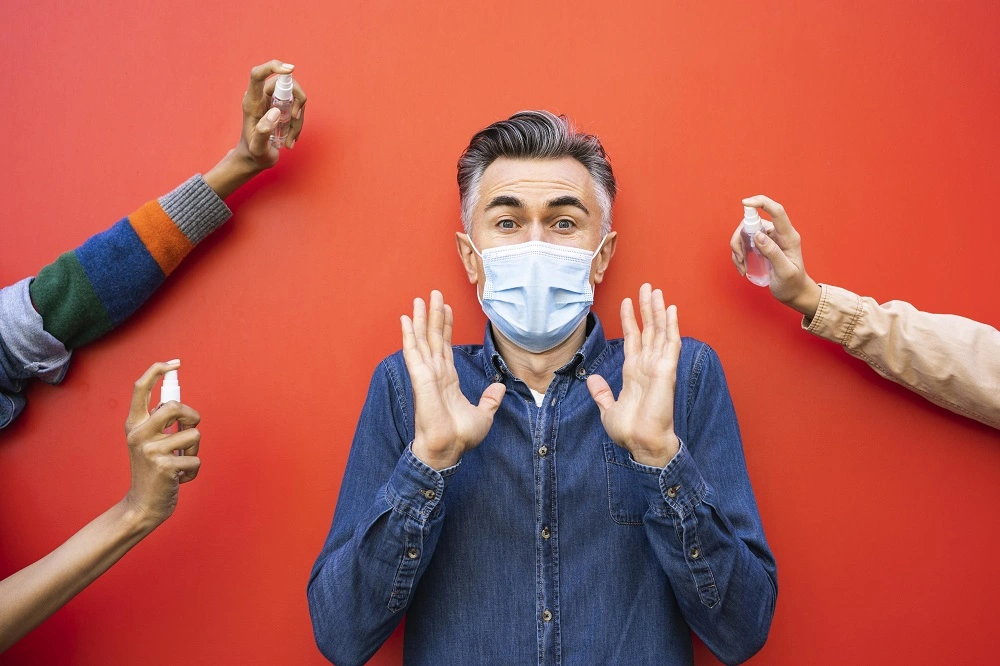
How to protect yourself
To protect yourself and others, adhere to recommended guidelines such as the following:
- Maintain a physical distance of at least 1 meter, especially in crowded or indoor settings
- Wear a well-fitting mask to reduce the spread of respiratory droplets that may contain the virus
- Practice good hand hygiene by washing hands frequently with soap and water for at least 20 seconds or using hand sanitizer with at least 60% alcohol
- Regularly clean and disinfect frequently touched surfaces to lower the risk of indirect transmission through contaminated objects
- Cover your mouth and nose with a tissue or your elbow when coughing or sneezing to prevent the spread of respiratory droplets
- Getting vaccinated as per local recommendations
Frequently asked questions
Can COVID-19 spread through contaminated food or food packaging?
COVID-19 can potentially spread through contaminated food or food packaging. Handle food with care, practice proper hygiene during preparation and follow food safety guidelines.
Is it possible to get infected with COVID-19 through water sources like swimming pools or lakes?
It is unlikely to contract COVID-19 through water sources like swimming pools or lakes. The virus primarily spreads through close contact between individuals, respiratory droplets or contaminated surfaces.
Can the virus be transmitted through sweat or other bodily fluids?
The transmission of COVID-19 through sweat or other bodily fluids is not a primary route of spread. The virus mainly spreads through respiratory droplets and close contact.
Are there specific activities or behaviors that increase the risk of spreading COVID-19?
Engaging in close-contact activities, being in poorly ventilated or crowded indoor spaces, and participating in activities like singing or heavy breathing increase the risk of spreading COVID-19.
How long can the virus survive on surfaces and remain infectious for transmission?
The virus can survive on surfaces for a varying amount of time, depending on factors like surface type and environmental conditions. If the surface isn’t cleaned, it can remain infectious for a certain period.
Key takeaway
COVID-19 spreads through person-to person transmission, community or at times, through pets. Infected people can spread the virus even without showing symptoms, with peak contagiousness just before symptom onset and early in illness.
Prevention strategies include following local health guidance, maintaining physical distance, wearing masks in crowded spaces, ensuring proper ventilation indoors, and practicing good hand hygiene.
